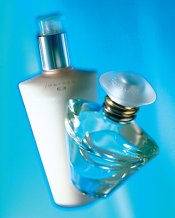I did a lot of multi-exposure small-product shooting with extension tubes back in the film days; I used flash with snoots and for tungsten I used those LTM "pepper" fresnels, which were awesome and cheap to rent a set of 4. I'd gaff tape those snoots down to a 1/2" opening at times, and even use bits of flash grid for tiny grid spots. Novatron used to make a zoomable snoot with a tiny grid insert, still have one of those.
I looked into fiber lighting, but at the time too pricey. I got a bunch of those "pin frogs" (florist spike things) to hold tiny black cards or tiny reflectors:
http://www.save-on-crafts.com/ikebana.html
Those can even do things like hold a 1" wide by 1-foot high strip of black card to cast shadows, or squares of black foamcore with holes cut for light to pass in tiny shapes. Or use stiff window screen to cut half-stops, sheets of matte acetate for tiny diffusion, etc.
I also bought a bunch of galvanized flashing - little 3x4 pieces of sheet metal you can cut with scissors and fold into self-standing reflectors, etc. Basically I could light a tiny set as if it were a room shot, but just lots of miniaturized stuff.
Regardless of source - fiber, flash units, or packs & heads with snoots... being able to flag, scrim and reflect can really dial in your macro shots - same concepts as shooting a big tabletop product, just teeny. I never did make a 3" high c-stand, I guess that would be the ultimate...
This isn't incredibly macro, but lighting the glass & metal necks used a lot of the above.




 ---
---